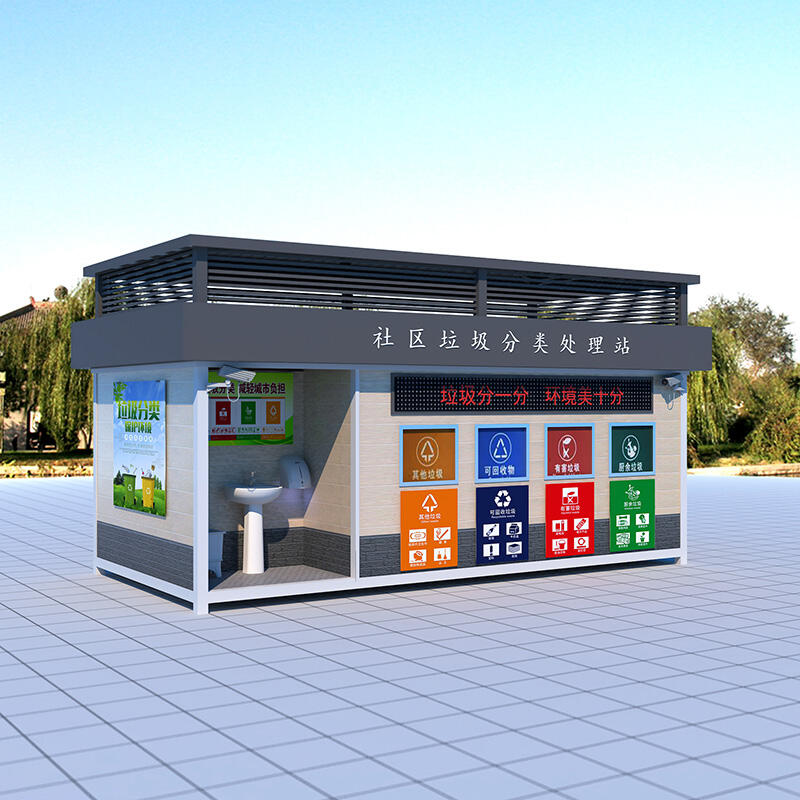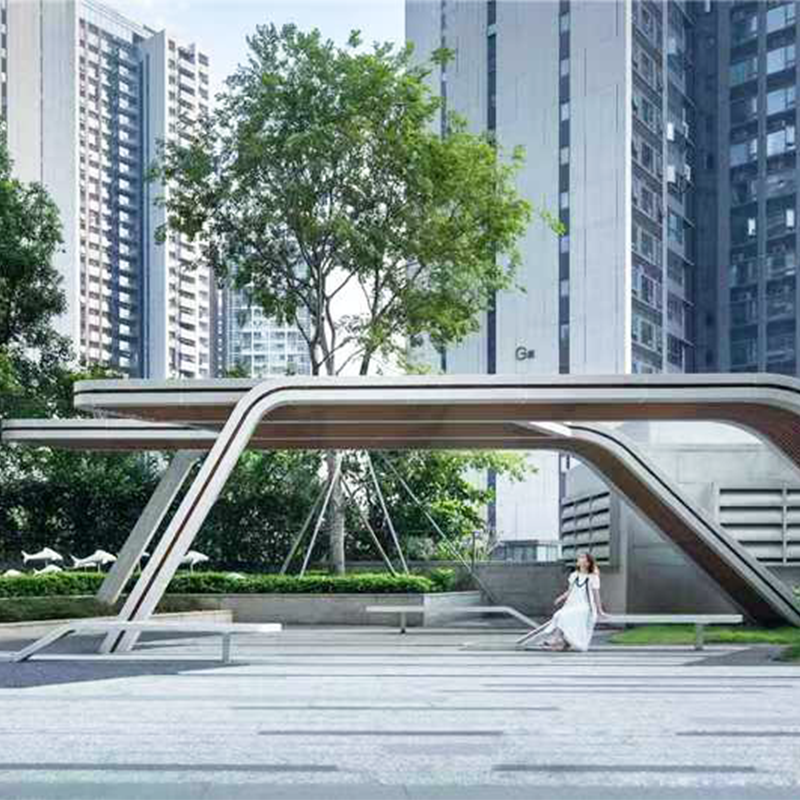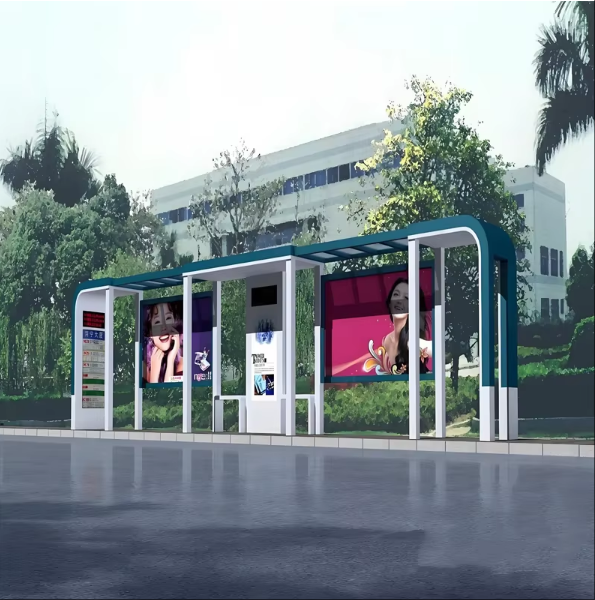Advanced Production Technology for Advertising Signs
The evolution of advertising signs has been marked by a significant transition from traditional handcrafted methods to modern digital techniques. Initially, signs were created manually, involving artists who painstakingly crafted each element by hand. However, as technology advanced, digital tools have brought unprecedented efficiency to the process. As a result, production has become faster, cheaper, and more versatile, enabling businesses to remain competitive and responsive to market trends. This shift has transformed handcrafted advertising signs into precise, custom-made designs that can be rapidly produced at scale.
One such technological advancement is the adoption of Computer-Aided Design (CAD) in the signage industry. CAD allows designers to create, modify, analyze, and optimize a design easily, providing high precision and fostering creativity. Designers can visualize the finished product in a virtual environment before it goes into production, drastically reducing the likelihood of errors and improving custom signage for businesses. This capability not only accelerates design processes but also encourages innovation, allowing for a diverse range of advertising signs that capture consumer attention more effectively.
Another significant innovation in modern sign-making is the use of CNC routers and laser cutters. These tools have revolutionized the industry by enabling the creation of intricate designs that would be nearly impossible to achieve manually. CNC routers offer precision cutting, and shaping wood, metal, or plastic, while laser cutters add the ability to produce complex patterns with minimal material waste. This combination significantly enhances production efficiency and expands the possibilities for design, supporting the development of unique and eye-catching business signage, from billboards to custom gas station signage for businesses.
Key Technologies Driving Modern Advertising Sign Production
Digital Printing: Speed, Versatility, and High-Resolution Output
Digital printing has dramatically transformed the production of advertising signs, enhancing speed and efficiency. This technology enables high-speed printing with vibrant colors, meeting the demand for quicker turnarounds in the signage industry. The versatility of digital printing allows it to be used on various substrates, making it ideal for producing custom signage for businesses ranging from small posters to large billboards. Moreover, modern digital printers provide high-resolution outputs, ensuring that signs are not only legible but also visually appealing. Whether it's a small-scale business needing in-store promotions or a large corporation seeking impactful advertising signs, digital printing delivers precision and quality.
UV Printing: Durability and Weather Resistance
UV printing technology is known for producing robust and weather-resistant signage. By using ultraviolet light to cure or dry the ink as it is printed, UV printing creates a bond with the material that is exceptionally durable. This process is particularly advantageous for signs exposed to the elements, as it enhances their resistance to fading and scratching. UV printing is suitable for both indoor and outdoor applications, offering a reliable solution for businesses that require long-lasting advertising signs. Case studies have demonstrated that UV-printed signs maintain their vibrancy and integrity, even in harsh environmental conditions, proving their efficacy in varied advertising campaigns.
Large Format Printing: Transforming Indoor and Outdoor Signage
Large format printing has revolutionized both indoor and outdoor advertising by enabling the production of oversized advertisements like wall graphics and billboards. This technology allows businesses to craft impactful messages and engage consumers effectively in high-traffic areas. The sheer size and quality offered by large format printing enhance visibility and brand recognition, making it a strategic tool in marketing. Statistics show that large format ads significantly boost consumer engagement and brand recall, corroborating their effectiveness as an advertising medium. By transforming ordinary spaces into stunning advertising canvases, large format printing plays a crucial role in modern branding strategies.
Sustainability in Advanced Sign Manufacturing
Eco-Friendly Materials: Biodegradable and Recyclable Vinyl
The push for eco-friendly materials in the signage industry has never been stronger, with biodegradable and recyclable vinyl taking center stage in production. This growing demand reflects a collective shift towards sustainable practices that minimize environmental impact. Utilizing biodegradable materials ensures that signs decompose naturally, significantly reducing landfill waste over time. Recyclable vinyl not only supports repeated use but also curtails resource depletion, aligning with broader sustainability goals. According to a recent survey by the Green Business Network, 78% of consumers prefer brands that prioritize sustainability, highlighting how eco-conscious choices in signage can bolster brand reputation and consumer loyalty.
Energy-Efficient Printing Processes: Reducing Carbon Footprint
Advancements in energy-efficient printing technologies have significantly reduced the carbon footprint of sign manufacturing. By adopting processes that conserve energy, manufacturers can notably decrease their environmental impact. Techniques like lean manufacturing, which streamline production and eliminate waste, play a crucial role in enhancing energy efficiency. For instance, a study conducted by the Institute for Industrial Productivity reported a 30% reduction in energy consumption among manufacturers that adopted lean techniques. These practices not only support environmental sustainability but also improve profitability by lowering energy costs, proving that eco-friendly operations can be economically advantageous as well.
The Role of LED Technology in Sustainable Signage
LED technology has revolutionized the way signage is illuminated, offering an energy-efficient alternative to traditional lighting. With lower electricity consumption, LEDs significantly cut down on energy usage, promoting sustainability. The durability and low maintenance needs of LED signage further enhance their appeal. For example, a conventional bulb might last a few thousand hours, whereas an LED light can function for up to 25,000 hours or more, providing considerable savings on replacements and labor costs. Many companies have successfully integrated LED technology into their signage, enhancing both brand visibility and reducing their environmental footprint, a dual benefit echoing across business landscapes.
Smart Technology Integration: IoT and Interactive Signage
The integration of IoT technology into signage has revolutionized the way businesses communicate with their audience. IoT-enabled signs allow for interactivity and real-time updates, significantly enhancing user engagement. Examples abound in various industries, from retail to transportation, where interactive signage captures customer attention effectively. Predicted trends in the advertising landscape suggest that smart signage will continue to evolve, offering even more sophisticated solutions. These developments include personalized content and advanced data analytics for customization, setting new benchmarks for advertising signs with a blend of technological innovation and user-centric design.
3D Printing and Additive Manufacturing: The Next Frontier
3D printing is poised to transform sign production by offering possibilities for customized sign designs with reduced lead times and less material waste. Unlike traditional methods, additive manufacturing enables the creation of complex shapes and structures that were once unattainable. Leading manufacturers in the advertising signage sector have already embraced 3D technology, successfully leveraging it to push the boundaries of what’s possible in signage design. By incorporating this cutting-edge technology, businesses can expect to see not only aesthetic enhancements but also operational efficiencies that set new standards for custom signage in the business landscape.
AI-Driven Design Tools: Enhancing Customization and Precision
AI-driven design tools are reshaping the signage design process, providing data-driven insights to enhance customization and efficiency. These tools offer the potential to significantly improve design precision, reducing the likelihood of errors during production. Several businesses have adopted AI tools in their creative processes, witnessing impressive outcomes. For instance, an advertising agency might use AI to analyze consumer preferences, tailoring signage designs to target audiences more effectively. As AI technology advances, its integration into signage production is expected to elevate the quality and customization of advertising signs, marking a substantial leap towards more precise and individualized branding solutions.
Applications of Advanced Production Technology in Advertising Signs
Custom Business Signage: Tailoring Solutions for Brands
Custom business signage plays a critical role in defining and enhancing brand identity. Modern technology enables businesses to design bespoke signs tailored to their specific needs, helping create a distinctive visual presence. Businesses now have a variety of customization options available, including choices in materials such as metals, plastics, and eco-friendly alternatives. There are also numerous design options ranging from sleek, modern minimalism to vibrant, eye-catching graphics, catering to diverse brand aesthetics. Successful businesses like Coca-Cola and Apple have effectively utilized custom signage, leveraging unique designs to establish strong brand identities and become easily recognizable to consumers worldwide.
Vehicle Wraps and Outdoor Billboards: Maximizing Visibility
Vehicle wraps offer an innovative solution for mobile advertising, significantly increasing brand visibility. These moving billboards reach a wide audience and provide a cost-effective channel for catching eyes on city streets. Outdoor billboards, especially in high-traffic areas, have long been stalwarts in advertising, drawing attention with vibrant, large-format visuals. The integration of digital printing technologies in billboard production enhances their visual appeal, allowing for vivid and durable graphics that withstand weather and time. According to a study by the Outdoor Advertising Association of America, ROIs on vehicle wraps can reach up to 400%, and effective outdoor signage can increase a brand's visibility by more than 40% due to its broad outreach capabilities.
Event Displays and Trade Show Signage: Making an Impact
Event displays and trade show signage are pivotal in capturing attendee attention and enhancing brand recall. These displays serve as a focal point at events and exhibitions, making a lasting impression on visitors. Advanced technologies like digital and UV printing allow for high-resolution, custom graphics that can communicate a brand's message effectively. For instance, businesses like Samsung and Google utilize immersive, tech-driven booth designs to stand out in crowded trade shows, leveraging state-of-the-art production technologies to make their displays engaging and memorable. According to reports, such strategic signage boosts attendee engagement by up to 60%, ensuring that businesses make a significant impact in competitive environments.









